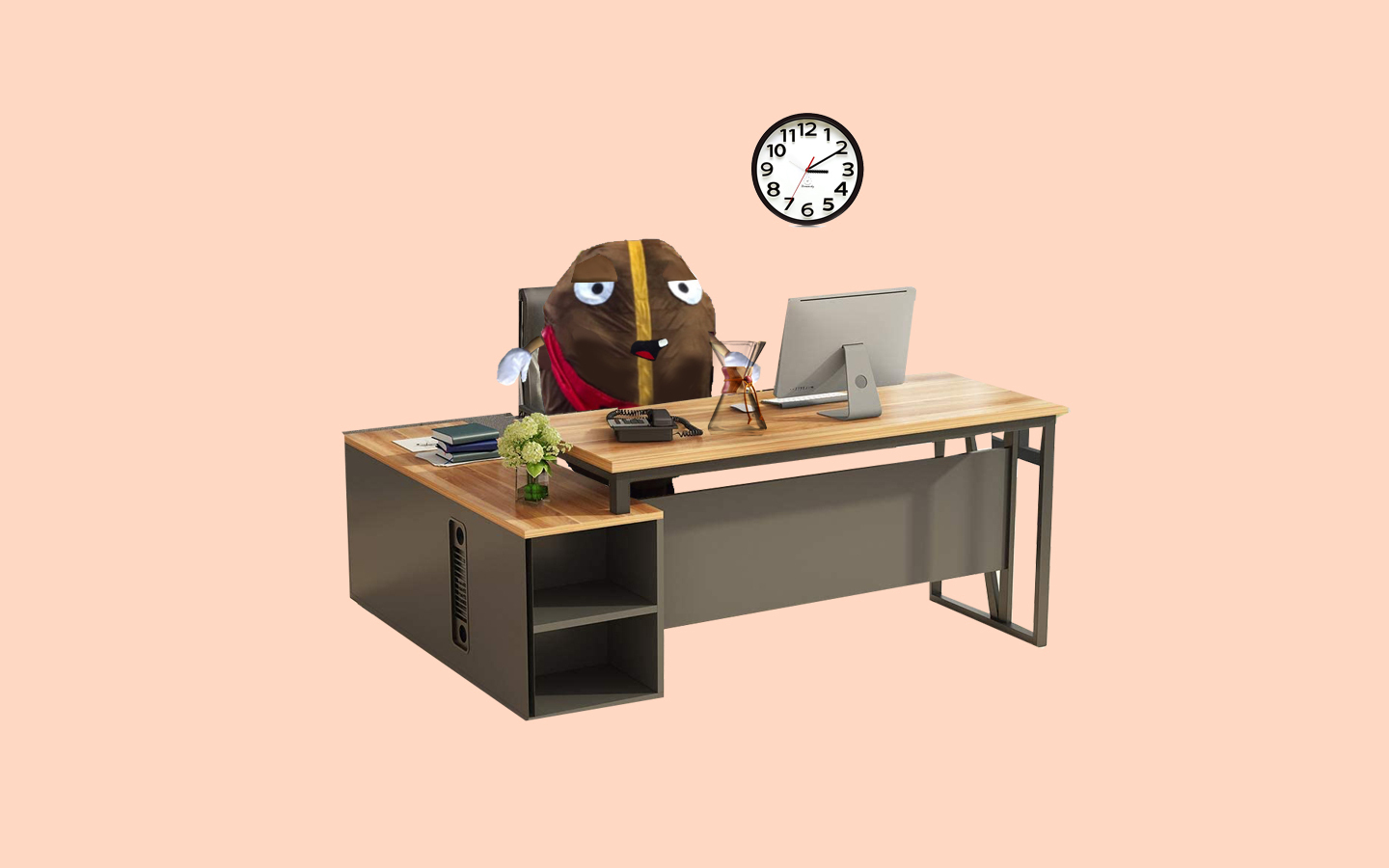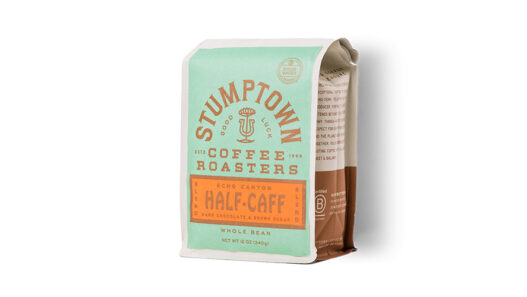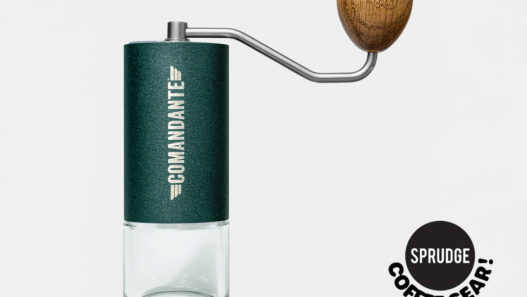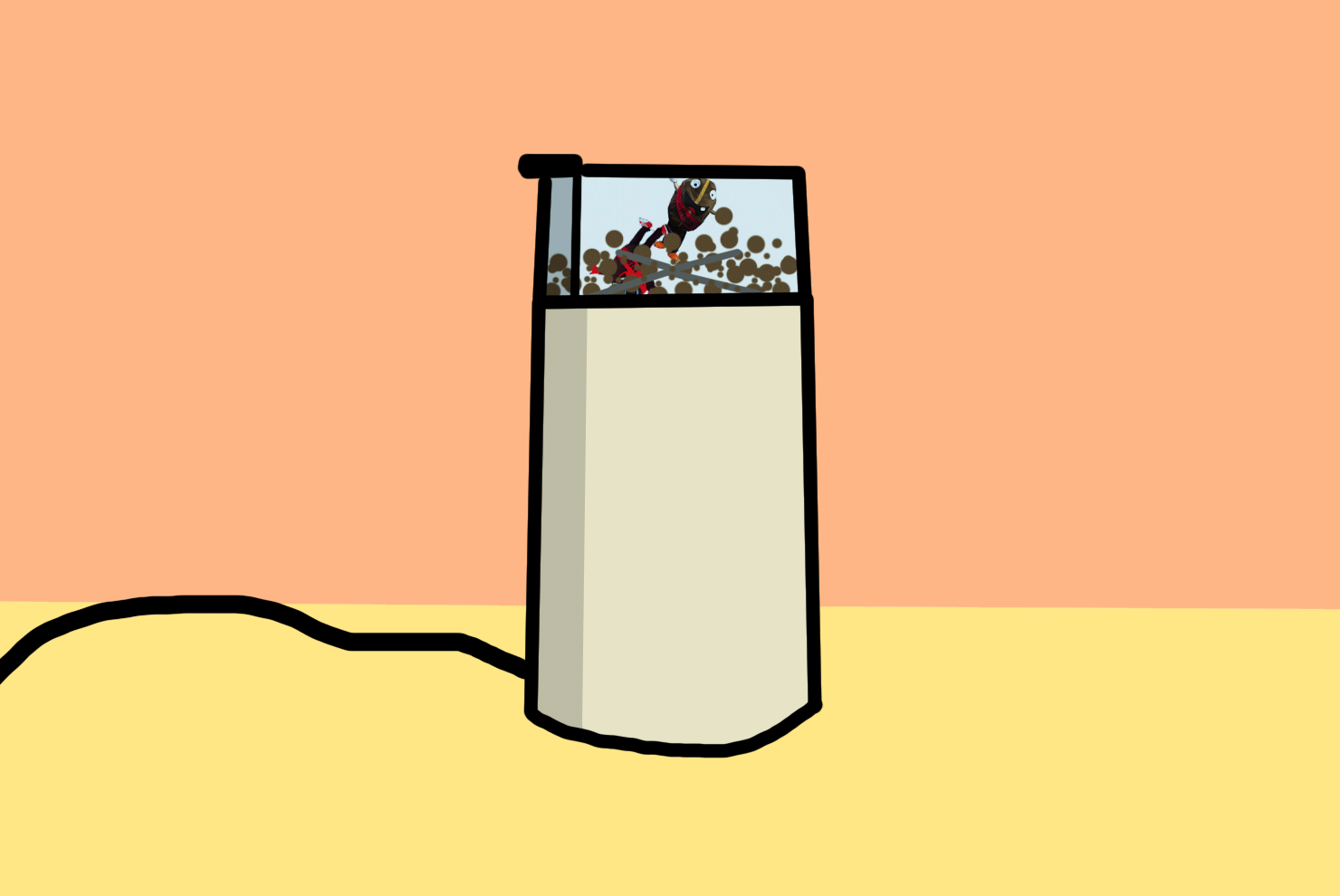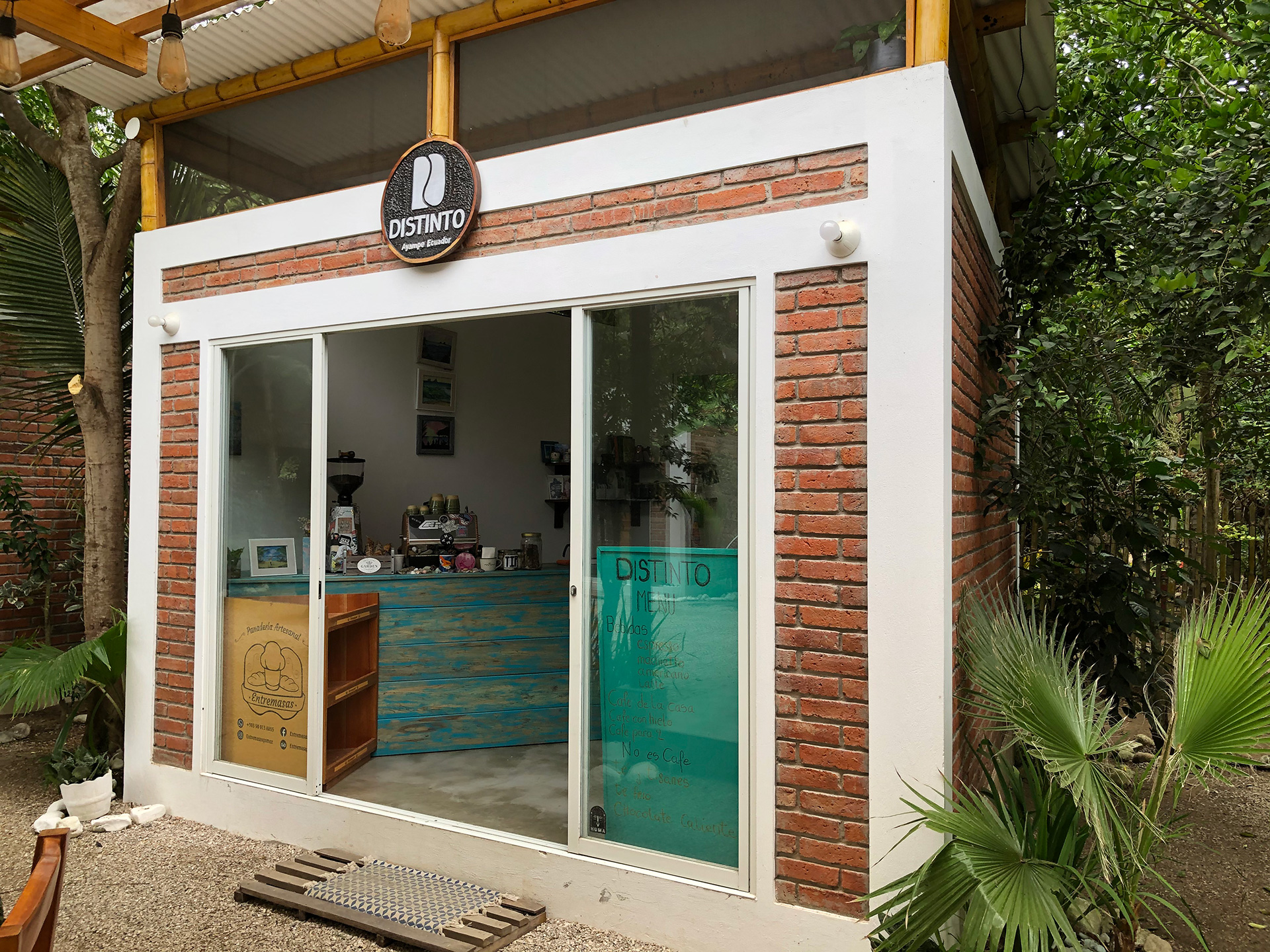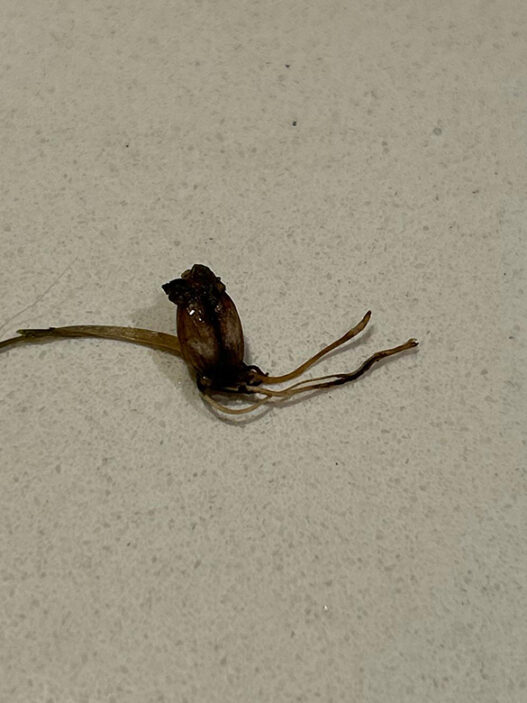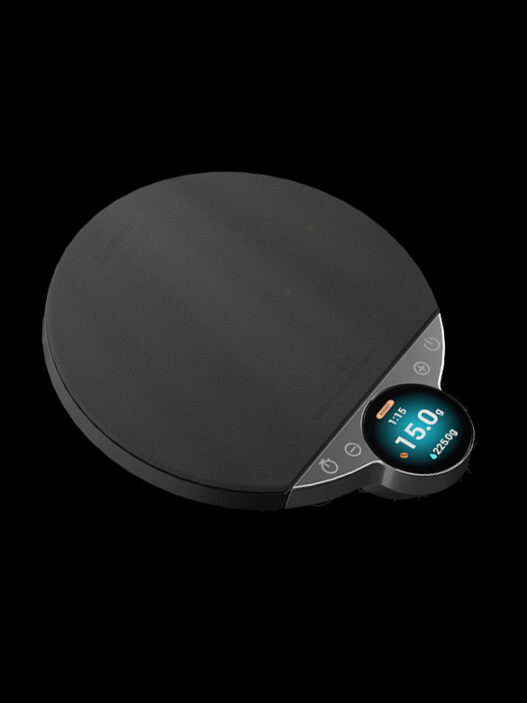What is a Blade Grinder?
Coffee grinders come in two basic styles: burr grinders and blade grinders. And while the process of grinding coffee is itself imprecise, burr grinders are generally better suited for producing an even, more consistent particle size in the coffee grounds—and grind consistency is crucial in achieving a better brew.
Blade grinders aren’t quite as good at creating a consistent grind size. Instead of crushing the coffee, they use a blade to slice the coffee into smaller and smaller pieces, kind of like a blender. In theory, slicing sounds more precise than crushing, but that doesn’t quite work out in practice. The problem is that blade grinders are neither sharp enough or powerful enough to truly make any sort of precision cuts and just end up kinda cutting the beans and kinda pushing them around. Simply letting a blade grinder do its thing sight unseen will lead to boulders that can be measured in centimeters, fines, and everything in between.
What blade grinders do have over burr grinders, though, is price. Instead of paying hundreds, even thousands of dollars, for a burr grinder, a blade grinder can run you $20. It’s a good entry point to grinding your own coffee or as an inexpensive option you can leave somewhere you don’t mind getting abused or broken, like at the office.
But creating a good quality brew with blade ground coffee is more art than science. Whereas burr grinders allow you to set your grind size and press a button, blade grinding is a labor of love—you’re salting to taste here. Luckily there are easy hacks to help you achieve more consistency and get the most out of your choppy little bean splicer.
Grind and Inspect
Your best weapons in the fight against the blade grinder are your senses, particularly sight and feel. By breaking up the grinding, something around 5-10 second pulses, you can inspect the status of the grounds to see how things are progressing. Look for any boulders; they are a sign you still have more grinding to do. And feel the grounds with your fingers to see if they are nearing the particle size you are after. It may take some trial and error to figure out what that is. For me and the Mr. Coffee I was using, it was about the consistency of table salt.
Give it a Shake
While you have the blade grinder on, shake it around a bit (they aren’t heavy). Since blade grinders have a tendency to push the coffee around, the grinds often end up around the outside edge of the grinder, away from the blade—you can often see the center half of the blades while the grinder is on because there are no beans near it for it to chop. By jostling the grinder, you’re forcing the grounds back into the proverbial teeth of the blade where they stand a better chance of getting sliced as opposed to just whipping around the outside.
Micro-dosing
Breaking up the coffee into smaller batches has a few benefits. For one, it allows you to more easily inspect the progress of the grind. It’s harder for big boulders to hide when there is less coffee for them to hide in. And it’s less coffee for the underpowered grinder to handle at a given time. Now, it is possible that grinding more coffee at one time actually helps; the more beans are in there the less room there is for them to move around and escape the cutting of the blade. But it also means that it will be harder to inspect the grounds for consistency, and that is ultimately the most important factor.
Sifting (Optional)
Blade grinding is all about figuring out the best way to break down boulders without creating too many fines in the process. And honestly, the easiest way to do this is with a sifter. And while this does require extra equipment, nothing fancy is needed. A simple, cheap tea strainer will suffice; we’re not going to down-to-the-micron consistency. Using a tea strainer, you can easily sift out all the grounds that have reached a reasonable size, leaving just the boulders that need some more time in the whirligig. Keep repeating the process until you have gotten rid of all the big particles.
Bonus Brewing Techniques!
While not grinding specific, if our goal in futzing with the grind is to make better coffee, we should take a minute to optimize our brewing too, which more often than not in these situations where we find ourselves blade grinding, is a Mr. Coffee-like brewer.
But just because it’s a Mr. Coffee doesn’t mean we can’t approach it like we would a traditional pour-over.
Wet the Filter
While there is some contention over whether or not you need to wet the filter, it’s a worthwhile endeavor to give it a quick rinse, especially if it is of the brown, unbleached ilk.
Let it Bloom
Almost all pour-over techniques have one step in common: the bloom. And it can be achieved by a Mr. Coffee with a little help. First, remove the pot from the heating element. This engages the stopper that keeps the coffee from draining out of the brewing filter (it’s meant to keep coffee from spilling everywhere when folks pour themselves some coffee while the brew cycle is taking place, and it works well for our purposes here). With the lid open, turn on the brew cycle. Once enough water has been added, move the spray head to the side—such that it is not adding more water to the grounds—and give the brew bed a stir to make sure all the grounds are saturated. Let the grounds bloom until they no longer are producing air bubbles. Then return the showerhead to over the grounds, close the lid, and complete the brew cycle.
Stand Guard
While not an actual brew technique, this last step is crucial in ensuring a good final product. Do NOT let anyone pour any coffee before the entire pot is done brewing. Like we saw with the bloom, pulling the pot doesn’t allow any water to filter out, which could lead to it over extracting. And not all coffee compounds are extracted at the same rate. Removing some of that first-half brew, where many of the better coffee compounds are extracted at higher rates, will leave just tails, which tends to have more of the less-desirables. So guard that brew with your life. You worked so hard to get this far, don’t let Jan from accounting ruin it now.
Zac Cadwalader is the managing editor at Sprudge Media Network and a staff writer based in Dallas. Read more Zac Cadwalader on Sprudge.



